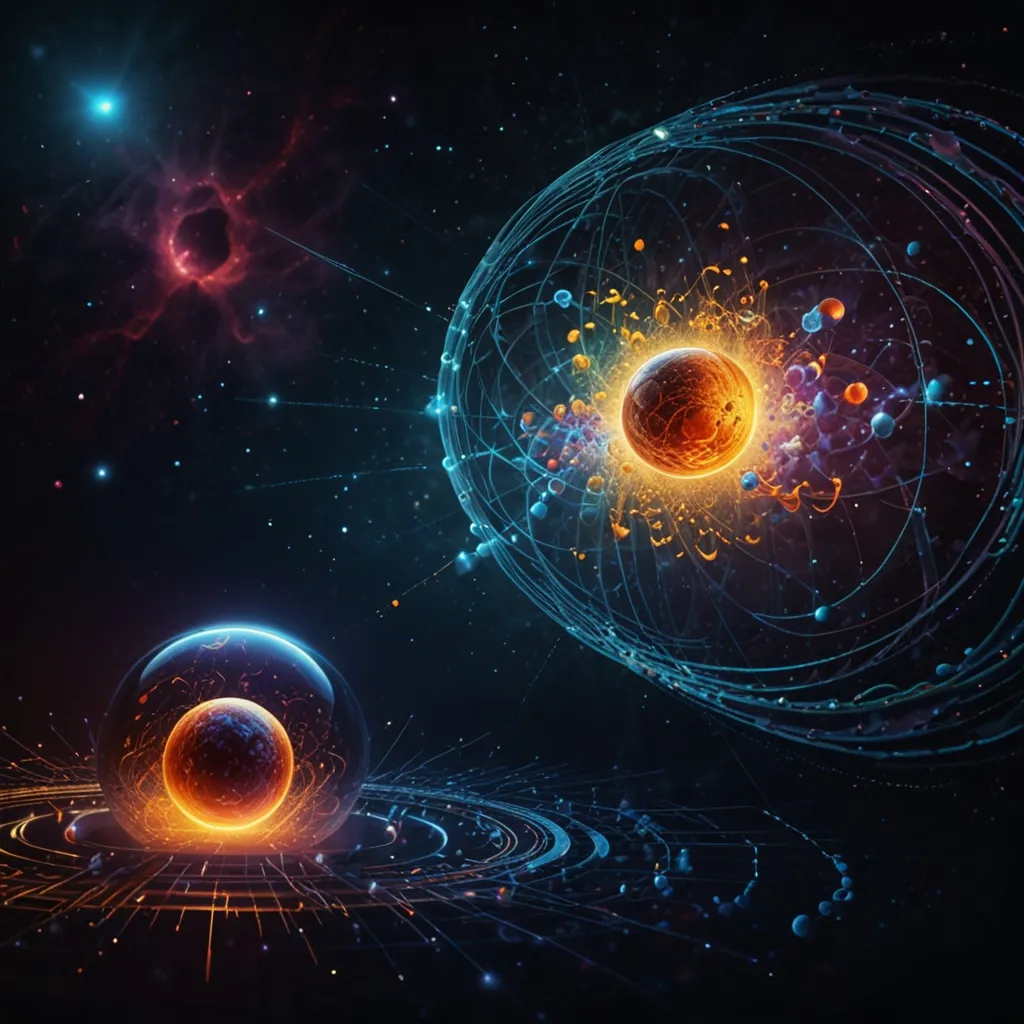From the mighty Sequoias to the tiniest bacteria, one thing unites all life on Earth: carbon chemistry. Though carbon isn’t the most abundant element—oxygen takes that title—and it’s not the most stable like helium, carbon is essential to life. Around 20% of our body is made of carbon, though it comprises less than 1% of the Earth’s atmosphere, oceans, and crust. So, why did life choose carbon over more plentiful elements like oxygen, silicon, or even nitrogen?
Carbon’s unique properties make it the backbone of organic chemistry. These properties boil down to complexity, abundance, and stability.
Complexity
Carbon plays a vital role due to its ability to form complex molecular structures necessary for life’s intricate chemistry. To understand this, we delve into quantum mechanics. Noble gases, located on the far right of the periodic table, have the most stable electron configurations with filled outer shells. They’re chemically inert and don’t typically need to form bonds with other atoms.
In the periodic table, carbon stands out because it can form the maximum number of bonds—four, to be precise. This trait allows it to build stable, versatile molecules that are incredibly important for life processes. Think of carbon atoms as Lego bricks that can connect on four sides, offering unrivaled flexibility in forming complex structures.
Abundance
Carbon is not only versatile but also abundant. It’s one of the top five most common elements in the universe. In the human body, the top five elements include oxygen, carbon, hydrogen, nitrogen, and calcium—showing a clear overlap with the universe’s most common elements. This abundance makes carbon a logical choice for life’s building blocks.
Stability
The strength of carbon bonds is crucial. Though Silicon can also form four bonds, its bonds are weaker compared to carbon’s. In essence, carbon forms stronger single bonds, creating a robust scaffold necessary for complex life forms. Other elements like nitrogen have even weaker bonds, making them less suitable for forming life’s essential structures.
By considering complexity, abundance, and stability, carbon emerges as the best-suited element for life. This doesn’t entirely rule out the possibility of silicon-based or even more exotic life forms on other planets. Conditions elsewhere could favor these elements in ways we can’t yet fully understand.
Yet, the special conditions on Earth—like moderate temperatures and liquid water—favor carbon’s capability to form stable, complex molecules necessary for life. Though we can imagine alternative life forms based on other elements under different conditions, carbon remains the most likely candidate given our current understanding.
As we evolve, we may even create silicon-based artificial life forms. We must remain open-minded about the limitless possibilities that chemistry offers, both within and beyond our planet.






